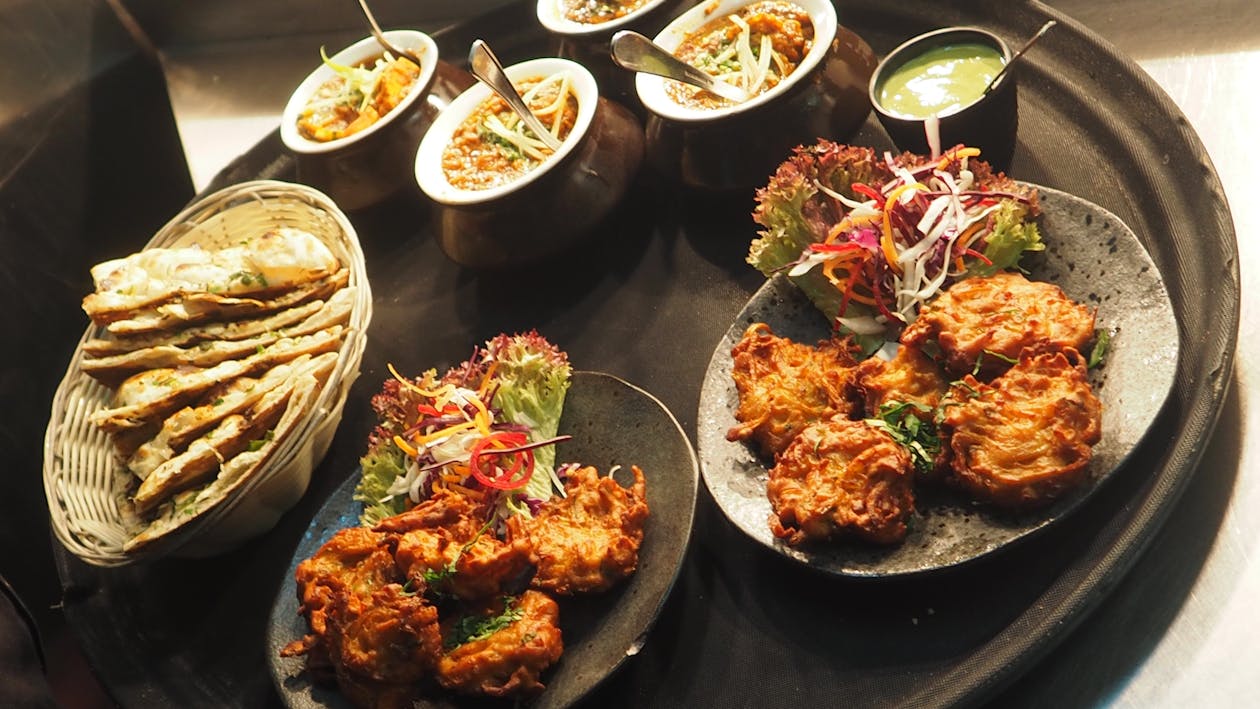👩🍳My Korean Kitchen
Food culture🍜

The interest with Korean food is increasing
very quickly all over the world. The Instagram pages of famous channels
related to food such as, “Bon Appétit Magazine,” are pushing a lot in
order to sponsor Korean dishes.
However, what are we talking about when we talk about Korean food?
First of all, there are different influences to take into consideration
such as the geography of the country (the seaside provides seafood and
seaweeds while the mountains provide plants and herbs), the climate (hot
and humid summer and freezing winter), the history (the Japanese and
Chinese dominations, the deep relations with USA), and the culture
(Buddhism and Confucianism) among other aspects.
-
Kimchi
Kimchi , the fermented vegetable dish with a variety of seasonings, has been rated as one of the most perpetual and healthiest foods in the world. In traditional preparations, it was stored underground in jars to be kept unfrozen during the winter months. There are hundreds of varieties of kimchi with the main ingredients being napa cabbage, radish, scallion, garlic, ginger or cucumber. “The result is a dish rich in vitamins A and B and with abundant lactobacilli, the beneficial bacteria found in yoghurt, and in a healthy gut. For researchers, the benefits are manifold — from fighting cancer and lowering cholesterol to improving mental health and skin care” Financial Times reports.
 🥢Kimchi Recipe
🥢Kimchi Recipe
-
Instant noodles
Instant noodles ("ramyeon") is an ideal remedy for aches, alcohol-laden bellies, and subsequent hangovers. The low cost (less than a dollar a package) also increments the consumption of this product. “Convenience stores are also a mecca for ramyeon lovers. Not only you can buy ramyeon at Korean convenience stores, which are usually open 24 hours, most also have a large tank of boiling water that allow you to prepare your cup of noodles on-site. They also offer free disposable wooden chopsticks, as well as a long bar or shelf where you can stand and consume your instant feast”. Instant noodles also require a minimum of cooking skills and are ready to be eaten in few minutes.
 🥢Instant Ramen Recipe
🥢Instant Ramen Recipe
-
"Love for meat"
In fact, Korea Times said that Korea’s per capita meat consumption breaks down to 24.3 kg of pork, 15.4 kg of chicken and 11.6 kg of beef with its total larger than China and Japan by 4 to 16 kg. There is even a Samgyeopsal Day, a marketing initiative and an excuse to eat samgyeopsal (pork belly).
 🥢Bulgogi (Korean BBQ Beef) Recipe
🥢Bulgogi (Korean BBQ Beef) Recipe
💁♀️Learn more about Korean dishes here